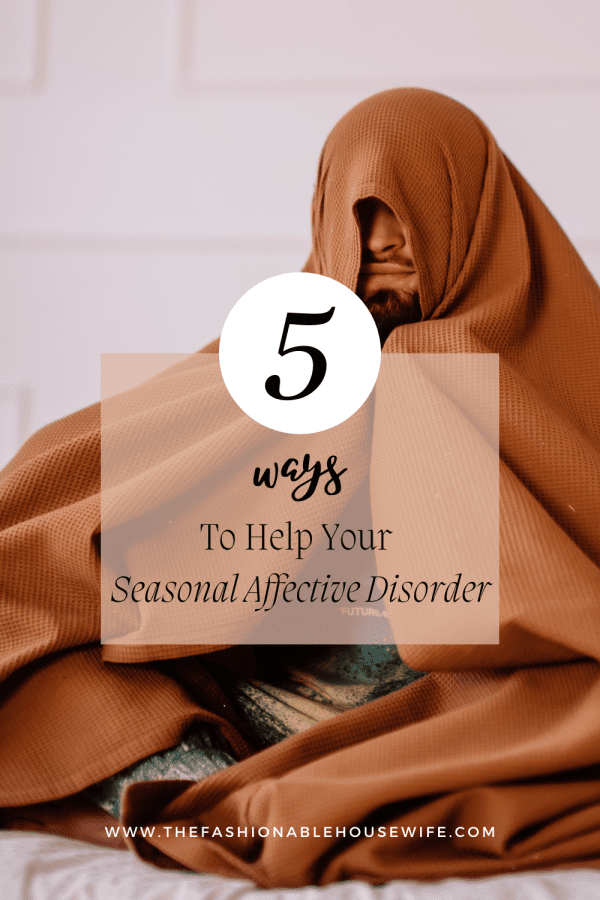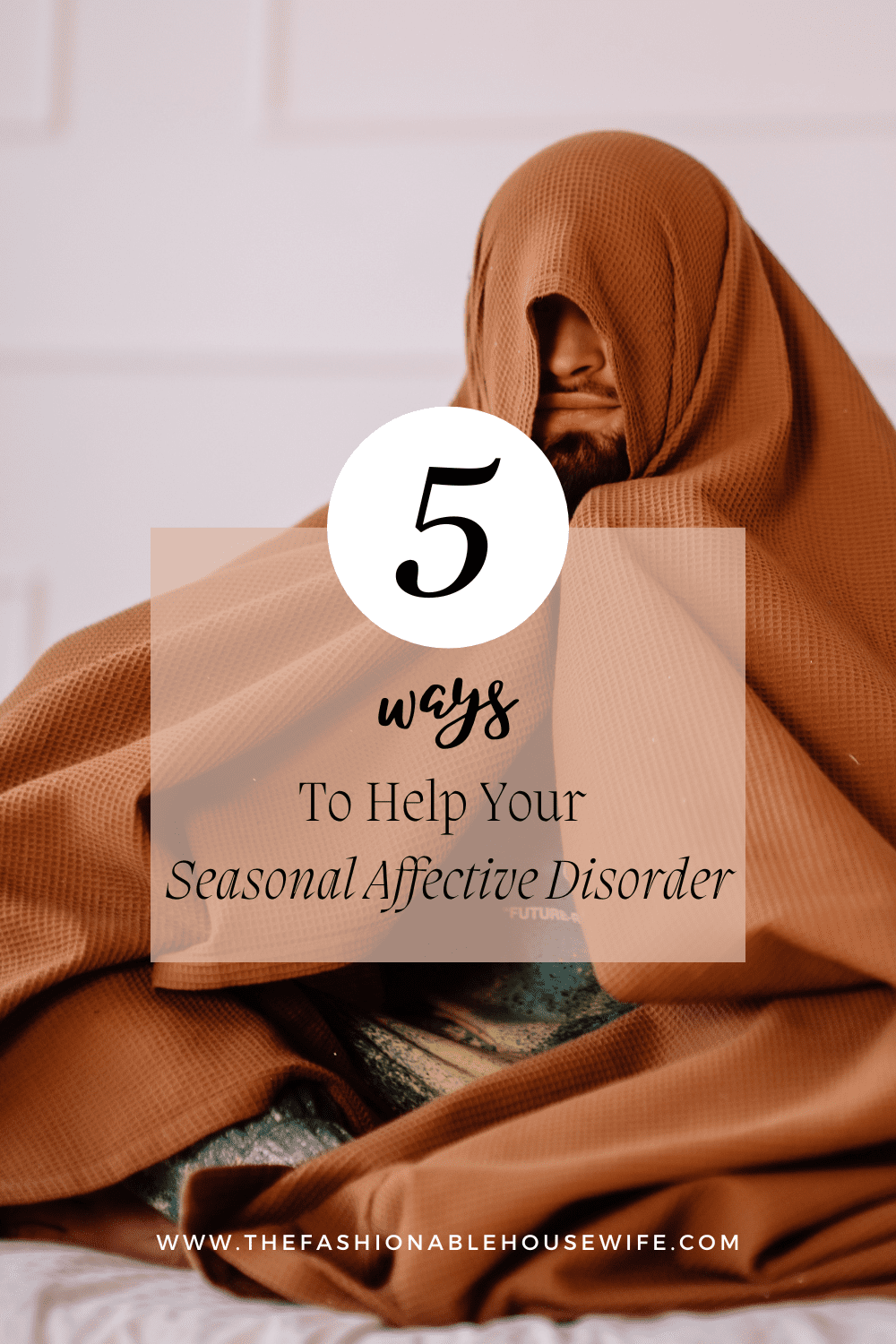5 Ways to Help Your Seasonal Affective Disorder

Seasonal Affective Disorder is a serious mental health condition that can have a huge impact on our daily lives. Many people often palm it off as just ‘winter blues’ or being a bit down because of the weather. However, it’s far more than that.
Those who suffer with SAD can experience a range of symptoms, with it a form of depression, experiencing low mood, fatigue and often exacerbating other mental health conditions such as anxiety and addition.
And much like addiction, where you’d seek addiction counselling if you were struggling and find ways to manage the condition, you need to do the same with SAD. There are many ways in which you can ease seasonal affective disorder and it’s all about finding the right method for each individual.
So, if you feel like you’re struggling, here are five ways that you can potentially aid the condition…
Light Therapy
One of the most widely recommended treatments for SAD is light therapy, which involves sitting near a light box that mimics natural sunlight. During the winter months, shorter days and limited sunlight disrupt our body’s circadian rhythm, affecting mood and energy levels. A light therapy box produces intense white light that helps regulate melatonin and serotonin levels, hormones essential for mood and sleep.
Most people find that using a light box for 20–30 minutes each morning can improve their mood and energy. It’s best to use the light box as early in the day as possible, ideally within an hour of waking up, to help simulate natural daylight and reset the body’s internal clock. Light boxes specifically designed for SAD treatment are widely available, but be sure to choose one with a brightness of at least 10,000 lux and consult your healthcare provider before starting.
Regular Exercise
Exercise is a natural mood booster, and its benefits are particularly valuable for those experiencing SAD. Regular physical activity promotes the release of endorphins, the body’s “feel-good” hormones, which can counteract feelings of depression. Exercise also helps regulate sleep patterns, which are often disrupted in people with SAD, and can reduce fatigue, another common symptom.
While any type of exercise is beneficial, outdoor activities like walking or cycling provide additional benefits, as exposure to natural daylight (even on cloudy days) can help improve mood and energy. Aim for at least 30 minutes of exercise most days of the week, whether it’s a brisk walk, a yoga session, or a swim. Keeping active during the winter months can help mitigate the effects of SAD and improve overall well-being.
Stay Connected
Social isolation can worsen depressive symptoms, which is why staying connected with friends and family is particularly important during the winter. Making time for regular social activities can lift your spirits and help combat the sense of loneliness that often accompanies SAD. Even a simple coffee date, a phone call, or a virtual meeting with a friend can help you feel supported and connected.
If face-to-face interactions aren’t possible, consider joining a group or engaging in community activities. Many people find that connecting with others who understand the challenges of SAD can be a tremendous comfort. In some areas, SAD support groups are available either in person or online, providing a valuable source of encouragement and understanding.
Maintain a Healthy Diet
Diet plays a significant role in both physical and mental health, and a balanced diet can help manage SAD symptoms. Many people with SAD experience cravings for carbohydrates and sugary foods, but indulging too often in these comfort foods can lead to blood sugar spikes and crashes, which may worsen mood swings. Instead, focus on a diet rich in fruits, vegetables, lean proteins, and whole grains to maintain steady energy levels and support brain health.
Certain nutrients, such as vitamin D and omega-3 fatty acids, may also benefit those with SAD. Vitamin D, which the body produces in response to sunlight, can be harder to obtain in winter. A supplement may help, but it’s essential to consult a healthcare provider for the right dosage. Foods high in omega-3, such as oily fish, walnuts, and flaxseed, can also support mood regulation.
Seek Professional Support
If SAD symptoms become overwhelming and begin to interfere significantly with daily life, it’s important to seek professional support. Therapies such as cognitive behavioral therapy (CBT) have been shown to be effective in treating SAD. CBT helps individuals identify and change negative thought patterns that contribute to depression, equipping them with tools to better cope with seasonal mood changes.
In some cases, a healthcare provider may also recommend medication, particularly if other treatments aren’t sufficiently alleviating symptoms. Antidepressants, especially selective serotonin reuptake inhibitors (SSRIs), can be effective in managing SAD by balancing serotonin levels in the brain. Always consult with a qualified professional to determine the best approach based on your personal needs and health history.

